
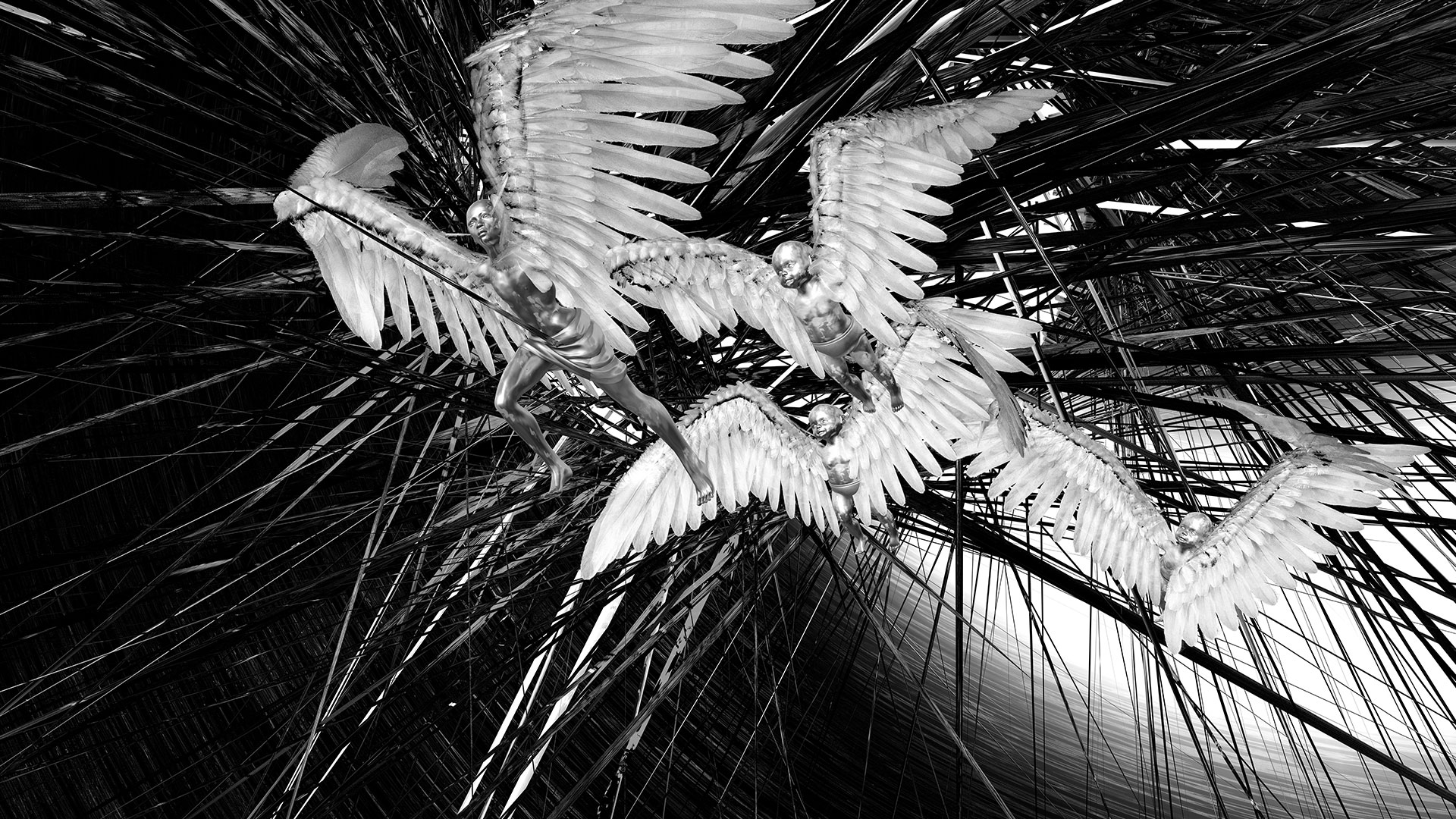
The present work is protected by copyright in all its parts.
© 2021 by Heinz Hermann Maria Hoppe.
All rights reserved.


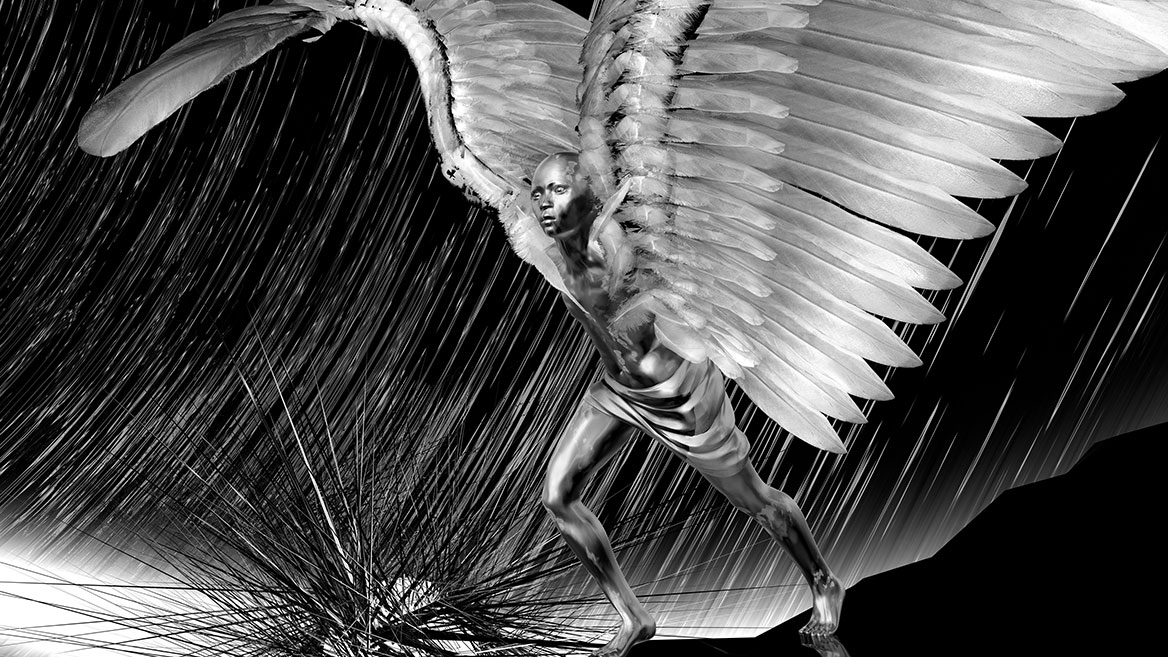
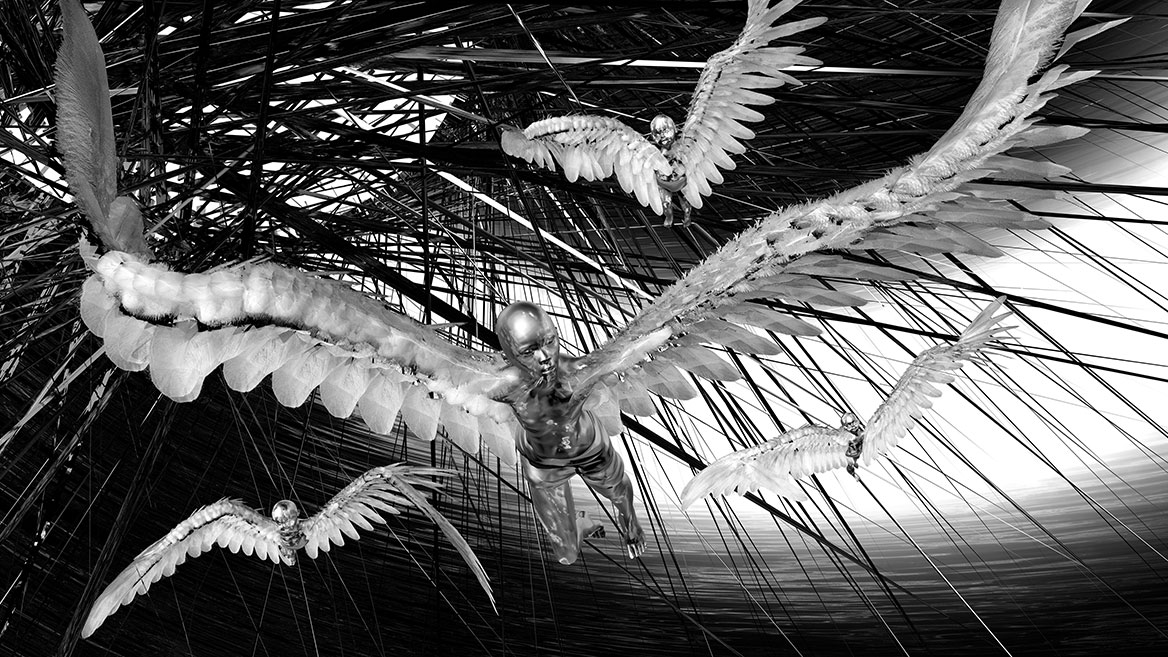
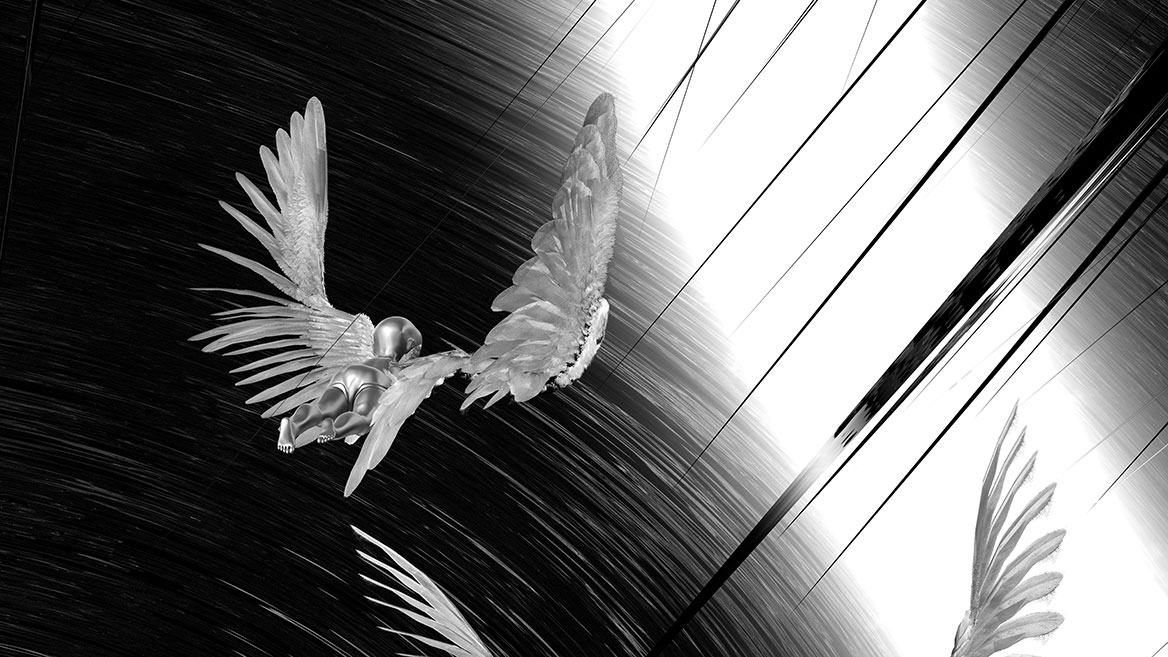
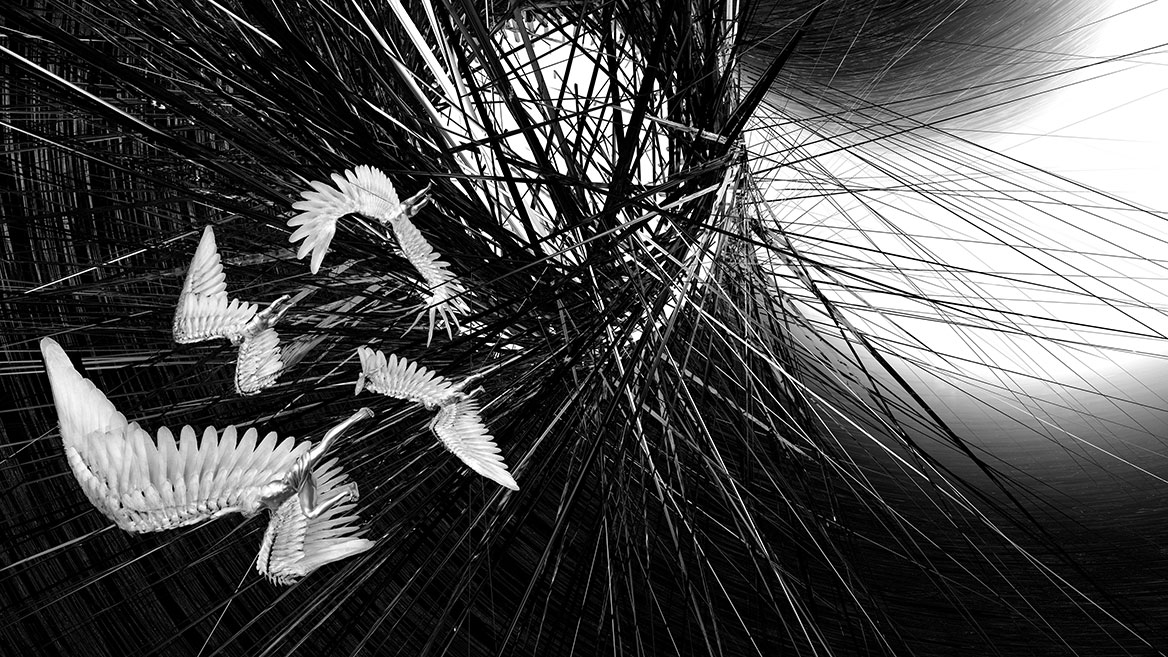
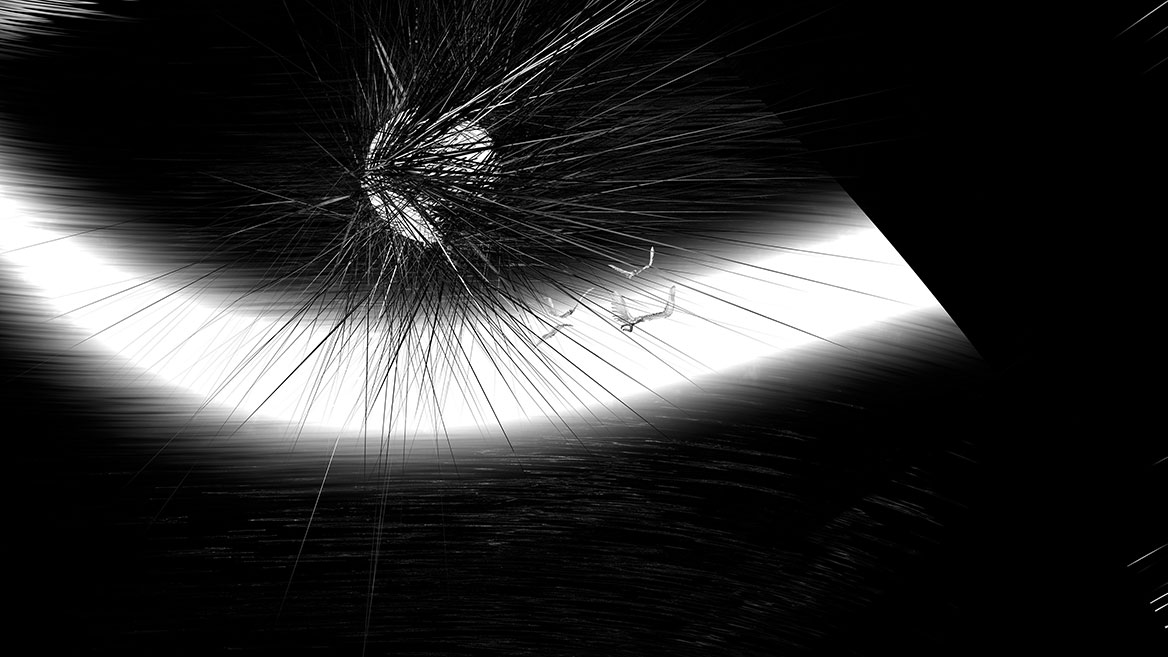
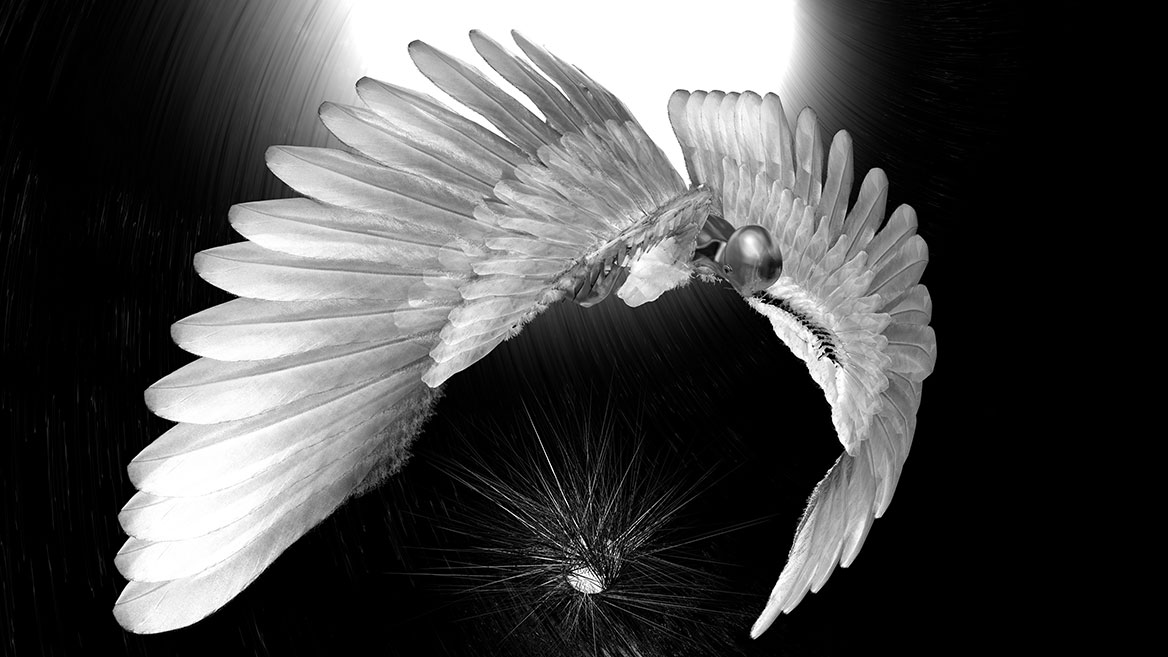
Comment
Author: Heinz Hermann Maria Hoppe
On November 12, 2014, the landing unit of the space probe Rosetta touched down on comet 67P/Churyumov-Gerasimenko to provide data on the early days of our solar system.1 Nothing is impossible for us, not combining gene fragments, not flying to Mars. What our brains can’t do, we replace with Artificial Intelligence. What our bodies can’t lift, cobots will. The search for immortality has begun.
Humans continue to reach for the stars. But we are still doing the math without the host, our planet. Like Icarus, we’re getting too close to the sun again. It could get even hotter. This time, it’s not lumps of wax between feathers that are melting, but the poles of the Earth. Our continued ingenuity in developing technical systems to maximize profit and the relentless exploitation of flora, fauna and fossil resources ultimately endanger all human flights of fancy.
Heat can kill masses. Even a sustained average temperature of +68°F can lead to circulatory failure in high humidity, especially in the elderly. Those who cannot afford regulating cooling technology collapse.2
The digitally painted image series Children of Icarus thematizes human exuberance and the prospect of a hostile environment in which more and more stretches of land are becoming desolate and the habitat of a growing humanity is simultaneously becoming smaller due to rising sea levels.
Karl Popper
Sources:
1 See Rosetta (spacecraft). In: Wikipedia, The Free Encyclopedia. Date of last revision: May 13, 2021, 02:10 UTC. URL: https://en.wikipedia.org/ w/index.php?title=Rosetta _(spacecraft)&oldid=1022884976 (Date retrieved: June 8, 2021 12:47 UTC).
2 See Hitzetod (German Page). In: Wikipedia, The Free Encyclopedia. Date of last revision: January 23, 2021, 22:51 UTC. URL: https://de.wikipedia.org/ w/index.php?title=Hitzetod&oldid=207997139 (Date retrieved: Juni 7, 2021, 13:41 UTC).